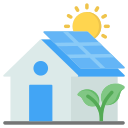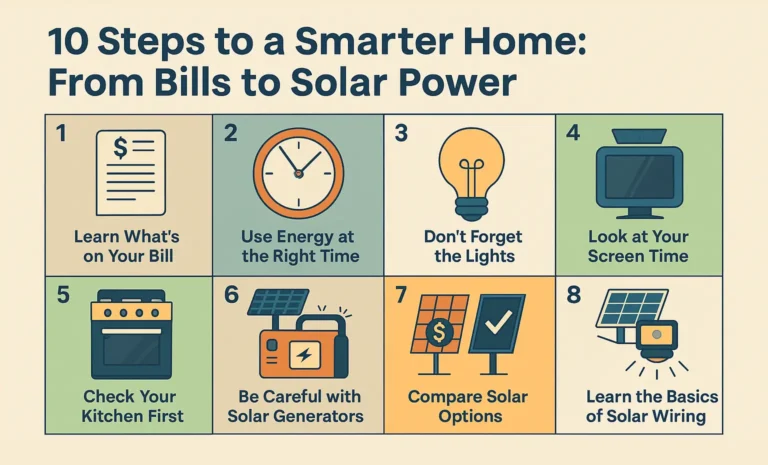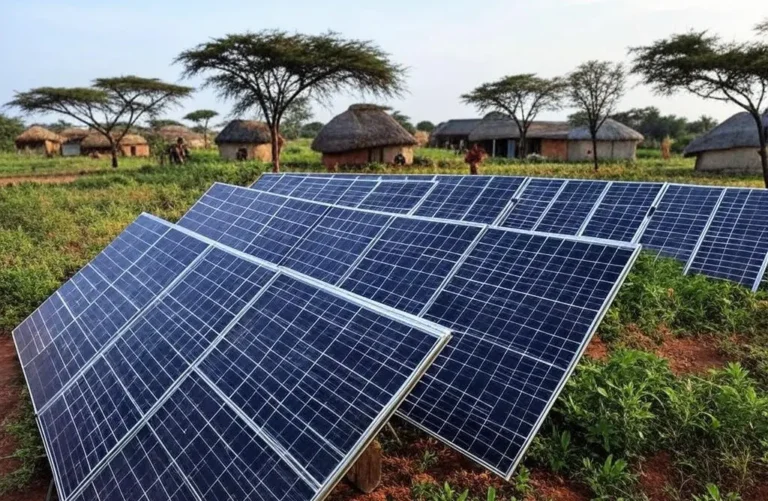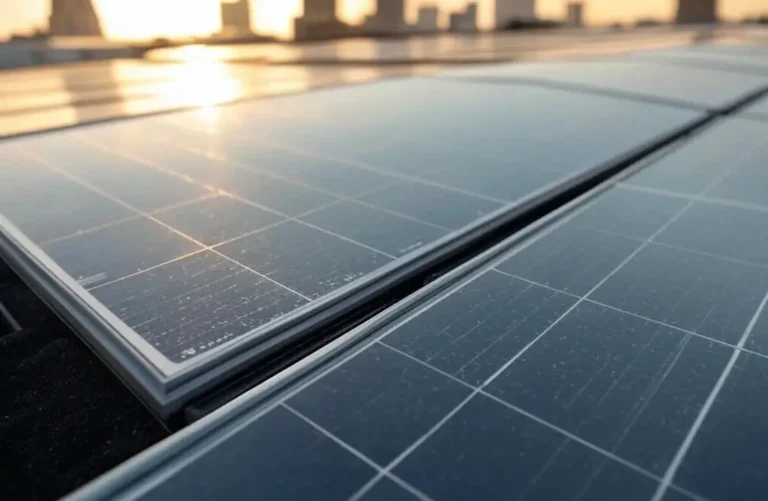Siemens Solar at the Munich Trade Fair: Showcasing Photovoltaic Innovation
The Munich Trade Fair has long been a premier platform for showcasing cutting-edge technology, and Siemens Solar has consistently made its mark by presenting groundbreaking photovoltaic (PV) innovations at this prestigious event. As a global leader in solar energy, Siemens Solar uses the fair to unveil new products, demonstrate real-world applications, and connect with industry stakeholders, reinforcing its position at the forefront of the renewable energy revolution. This article provides an in-depth look at Siemens Solar’s participation in the Munich Trade Fair, exploring our showcased technologies, key highlights from past events, the impact on the solar industry, and how these appearances have shaped our strategic vision. From advanced PV panels to sustainable energy solutions, Siemens Solar’s presence in Munich is a testament to our commitment to driving solar adoption worldwide.
The Significance of the Munich Trade Fair
Held in Munich, Germany—one of the world’s hubs for technological innovation—the Munich Trade Fair attracts thousands of exhibitors and attendees from across the globe. Events like Intersolar Europe, a key component of the fair, focus specifically on solar energy, drawing manufacturers, policymakers, and customers eager to explore the latest advancements. For Siemens Solar, the fair offers a unique opportunity to showcase our expertise, debut new products, and engage with a diverse audience, from homeowners to utility providers.
Germany’s leadership in solar energy, bolstered by initiatives like the Energiewende and the German Rooftop Program, makes Munich an ideal stage. Siemens Solar has participated since the early 2000s, leveraging the event to highlight our contributions to this thriving market. Each appearance builds on our legacy, demonstrating how our technology meets the evolving demands of a world increasingly reliant on renewables.
Why the Munich Trade Fair Matters
The fair’s importance stems from several factors:
- Global Reach: Attracts over 50,000 visitors from 160+ countries annually.
- Innovation Hub: Showcases the latest in solar technology and trends.
- Networking: Connects industry leaders, fostering collaborations.
- Market Influence: Shapes solar adoption trends in Europe and beyond.
Siemens Solar’s Presence at the Fair
Siemens Solar’s participation in the Munich Trade Fair is a carefully curated showcase of our latest PV systems and solutions. Our booth typically features interactive displays, live demonstrations, and expert-led presentations, offering attendees a hands-on experience with our technology. Over the years, we’ve debuted some of our most significant innovations at the fair, setting benchmarks for efficiency, durability, and sustainability.
Highlighted Technologies
Here’s a look at some of the key technologies we’ve showcased:
| Year | Technology | Key Feature |
|---|---|---|
| 2005 | SP Series Panels | 15% efficiency, robust design |
| 2010 | SR Series | 18% efficiency, off-grid capability |
| 2015 | SMX Series | 22% efficiency, smart integration |
| 2020 | Hybrid Systems | Battery storage and AI management |
Each debut has been accompanied by detailed technical specs, case studies, and live demos, allowing visitors to see our systems in action. For example, at the 2015 fair, we demonstrated the SMX series powering a simulated home, complete with real-time energy monitoring via our mobile app.
Key Highlights from Past Events
Siemens Solar’s history at the Munich Trade Fair is rich with milestones:
2005: Entering the Mainstream
Our 2005 appearance introduced the SP series, marking our shift from niche markets to widespread residential and commercial use. The booth attracted over 5,000 visitors, with demonstrations showing the panels’ resilience in Germany’s variable weather.
2010: Off-Grid Innovation
In 2010, we unveiled the SR series, designed for remote applications. A live demo powered a mock telecom station, highlighting solar’s potential beyond urban grids. This drew attention from African and Asian delegates, expanding our market reach.
2015: Efficiency Breakthrough
The SMX series debut in 2015 was a standout moment, with 22% efficiency setting a new industry standard. Over 10,000 attendees visited our booth, and we secured partnerships with several European utilities.
2020: Smart Solar Solutions
Amid a focus on energy storage, our 2020 showcase featured hybrid systems with AI-driven management. A virtual reality tour of a solar-powered factory captivated visitors, earning us an innovation award from Intersolar.
Impact on the Solar Industry
Siemens Solar’s appearances at the Munich Trade Fair have had a ripple effect on the solar sector. Our high-efficiency panels have pushed competitors to innovate, while our case studies—like a Munich office building generating 1 MW annually—have inspired adoption. The fair has also been a launchpad for global expansion, with contracts signed post-event contributing to our 100,000+ installations worldwide.
The event’s influence extends to policy and education. Siemens Solar’s presentations have informed European renewable policies, and our educational materials, distributed at the fair, have reached thousands of students and professionals.
Real-World Applications Showcased
Each fair highlights practical applications:
Residential Rooftop Systems
A 5 kW Earthsafe system demo showed how homeowners save €1,000 yearly via feed-in tariffs.
Commercial Installations
A 50 kW SP series setup illustrated cost reductions for businesses.
Off-Grid Solutions
An SR series display powered a remote station, emphasizing solar’s versatility.
Siemens Solar’s Technological Edge
Our success at the fair stems from our technology:
- Efficiency: Panels up to 22%, among the industry’s best.
- Durability: Built for extreme conditions, with 25-year warranties.
- Smart Features: AI and app-based monitoring enhance usability.
Strategic Vision Showcased
The Munich Trade Fair is a platform for Siemens Solar to share our vision: a world powered by 100% renewable energy by 2050. We’re investing in storage, hybrid systems, and emerging markets, with plans to double installations to 200,000 by 2030.
Collaborations and Partnerships
The fair has fostered key partnerships, such as with Munich’s utility provider, leading to a 10 MW city project in 2018.
Future at the Fair
Looking ahead, Siemens Solar plans to showcase AI-integrated systems and solar-powered EV charging at future fairs, aligning with global trends.
Conclusion
Siemens Solar’s Munich Trade Fair presence underscores our leadership in PV innovation. Visit our site for more details on past events and upcoming showcases.





